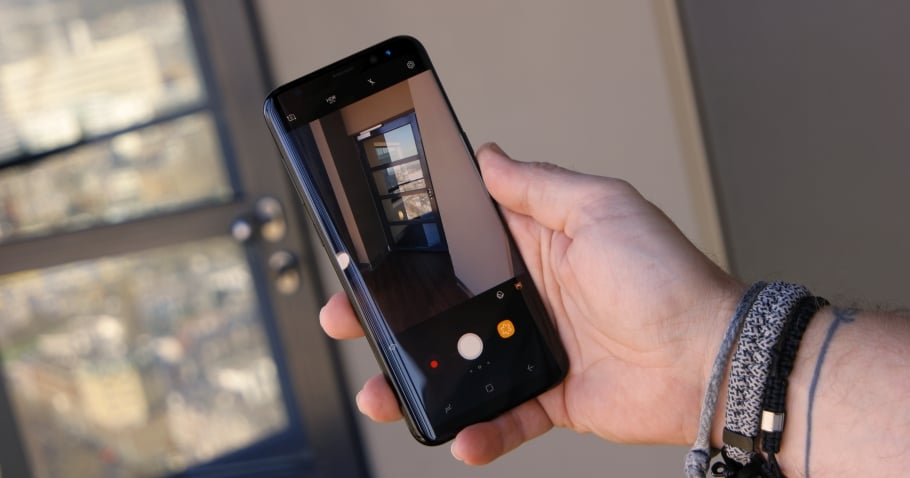The Galaxy S8 and the Galaxy S8 Plus have just been made official, and they bring improvements in quite a few areas, including the display, performance, and connectivity. However, as per the specifications, there doesn't seem to be a significant upgrade in terms of the rear-facing camera. As opposed to Apple, Huawei, LG, and Honor, Samsung still hasn't started utilizing dual-camera setups in its smartphones even though the Exynos 8895 processor supports such camera configurations.
The Galaxy S8 duo feature 12-megapixel rear-facing cameras with F1.7 aperture, OIS and Dual Pixel phase-detection autofocus. Even though these specifications appear similar to that of the Galaxy S7 and S7 edge, there's a slight difference. As opposed to last year, System LSI (a Samsung arm) is said to be the sole manufacturer of Galaxy S8 and S8 Plus camera sensors. However, we won't count on that information just yet. As always, there's a chance that Samsung might source at least some units from Sony (rumored to be the IMX333).
The 8-megapixel front-facing camera on the new smartphones features autofocus mechanism, a first from Samsung. This 1/3.6-inch camera sensor is being manufactured by System LSI as well, and it has an aperture of F1.7 and QHD video recording abilities. Both cameras can activate the HDR mode whenever necessary, depending upon the lighting conditions. Hopefully, those important selfies would come out much better than the Galaxy S7's front-facing camera. There's still no OIS for the front-facing camera, though.
Samsung is claiming that its new phones feature “enhanced image processing” for better images in low-light conditions. There are some new effects, filters, and stickers for a fun camera experience. Whether or not there's an improvement in the image quality remains to be seen, though. We'll test the cameras on both these smartphones during our review before commenting on the image quality. We will also try to compare the camera performance of the Galaxy S7 and the Galaxy S8 in a comparison review.







